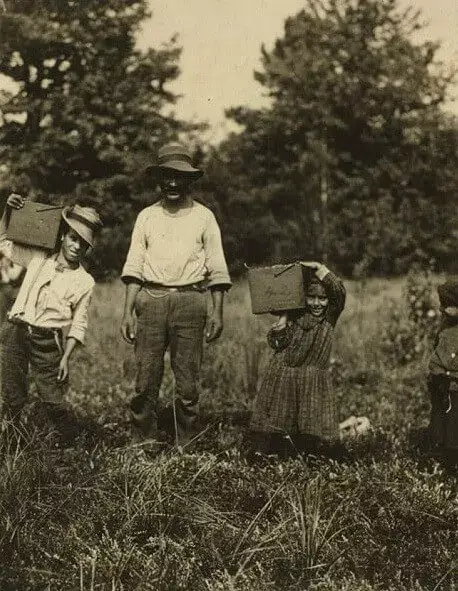There are many different ideas about how the school calendar came about. Many tend to hypothesize that the summer and winter break your children receive came about due to needs of farmers during Americas agrarian period. This is mostly due to photos from that time period in history books depicting kids toiling away on family farms during the long, hot summer break between school years.
So it’s not too surprising that the origin of the school calendar is often linked to these images by both the media and policymakers.
In a story about achievement gaps caused by summer vacation, many media outlets called the school calendar “a legacy of the farm economy.” In addition to this, there are other reports that the school year was based on an “agrarian calendar that dates back to farm cycles and harvests.” While these articles were written to advocate that kids spend more time in school, there is very little fact-based evidence to support these claims.
Rather what the typical school on the agrarian calendar actually looked like was a shorter winter term and a short summer term. Where kids would be in school for short periods during what is now considered the standard summer and winter breaks. If you stop to consider how the agrarian calendar actually works, having children in school during these periods actually makes sense.
Kids in rural, agricultural areas were needed most in the spring when crops had to be planted, and in the fall when the crops were harvested and sold. Historically, many of these children attended school in the summer when there was far less need for them on the farm.
The truth is that the standardized summer vacation actually originated in Urban areas rather than from rural agrarian ones. Urban schools had a very different school schedule at the time, but this also included a summer term. Schools were essentially open year round, but attendance was not mandatory, and children came when they could. In the 1840’s schools in large urban areas such as New York were open 248 days a year which is dramatically more than they are open today.
In the days before air conditioning, schools and entire urban areas could be swelteringly hot during the summer months. This lead to many wealthy and middle-class urbanites to plan long summer vacations to avoid the summer heat, causing those months to be a logical time for school to be closed.
By the late 1800’s, school reformers started pushing for the standardization of the school calendar across the United States. So a compromise was struck that created the modern school calendar, with both a summer and winter break.
A long break would give the teachers the time they need to prepare for the upcoming school year and give kids a break during the hottest time of the year. And while summer was the logical time to take off, it really had more to do with urban parents planning vacations away from their cities and schools to avoid the summer heat than it had anything to do with the agrarian calendar.
In short what we can take away from this is that because of the lack of air conditioning at the time, fewer children were attending school during the summer months in favor of spending time away from the heat. So, in short, you can thank the lack of air conditioning in urban areas for the summer break that exists in the school calendar today.





